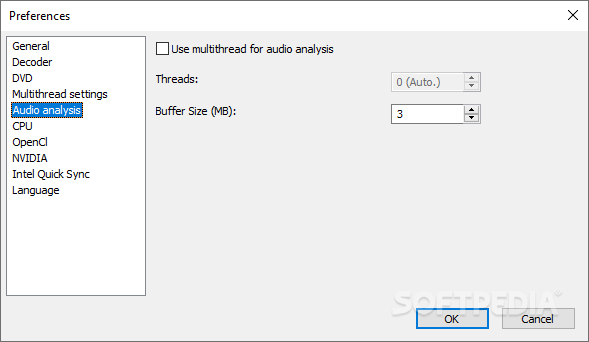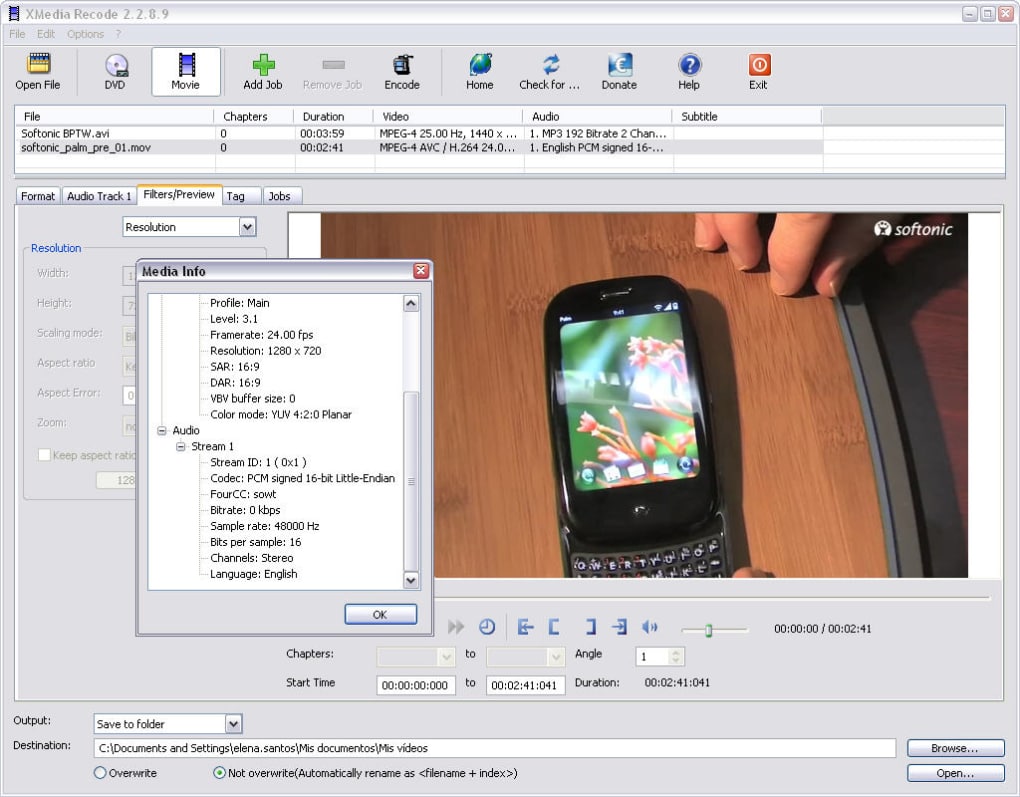

This way the system is only reading one layer in sections that are finished, and I also have a very clear visual indication of what is finished, which can be handy when a project goes on for weeks or even months.
If I recall correctly, older versions of Edius would still try to read lower layers of the timeline even if you are not seeing them, so I have also gotten into the habit of muting the lower clips with the "0" key when there is a rendered section above them. This way there isn't even the mild generational loss that you refer to. If I need to fix something in the render, I simply cut that section out to reveal the underlying clips, make the fix and generate a new render fix file for that section. This makes a new video file and automatically places it on the timeline above that section. Thanks again for yours info.Yvon, I often do a similar approach when working on a complicated timeline, however I don't export to HQX, I set my project render codec in the project settings to HQX or ProRes, mark an in and out on the timeline, and use a Shift-Q render on the timeline as I finalize sections. for me especially for very long films of 1H20'. The second option should of course be better. What appends in this case ?ġ) Edius decompress/recompress the HQX zone (with a vey light degradation, second generation) ORĢ) Edius only duplicate the HQX zone (without any modification) and only add a new section in the HQX file where the corrected zone is. For Edius no calculation in the parts when it sees the HQX file and only recalculation in the modified section. After correction done, I export the complete Timeline again in HQX. so Edius can see again only this zone wich has to be modified. When a correction is necessary, I first cut the zone of the correction of the HQX file. I put the result on a V track above all others so that Edius can only see the above track. In a complex editing timeline I made the first export in HQX. I have search the white pages in French to beter understanding but did not found it. I knew this chart and was optimist with HQX. Please see the attached chart for the main differences The HQX whitepaper has a lot of good info on the codec and comparisons to others. HQX requires codec installation on a Mac, but the codec pack for it is a QuickTime 7 pack, and Apple has dropped QuickTime 7 on OSX several years ago, so playback in newer OS versions is not as easy or as good, and likely only available via VLC.

HQX does have Alpha support in the 4:2:2 market which is a nice feature that the others don't have until getting into the 4:4:4:4 variants.Īs mentioned by Anton, ProRes is a more universally usable codec, with native playback support in Mac, Windows, and many Linux builds. HQX does not have a 4:4:4 variant, and it can't support higher than 10bit, so this is where ProRes wins. Personally I think that HQX is a little better than ProRes in the the 4:2:2 variants, especially with the ability to actually adjust the compression with the controls in the codec settings, and better "multi generation" loss performance.


 0 kommentar(er)
0 kommentar(er)
